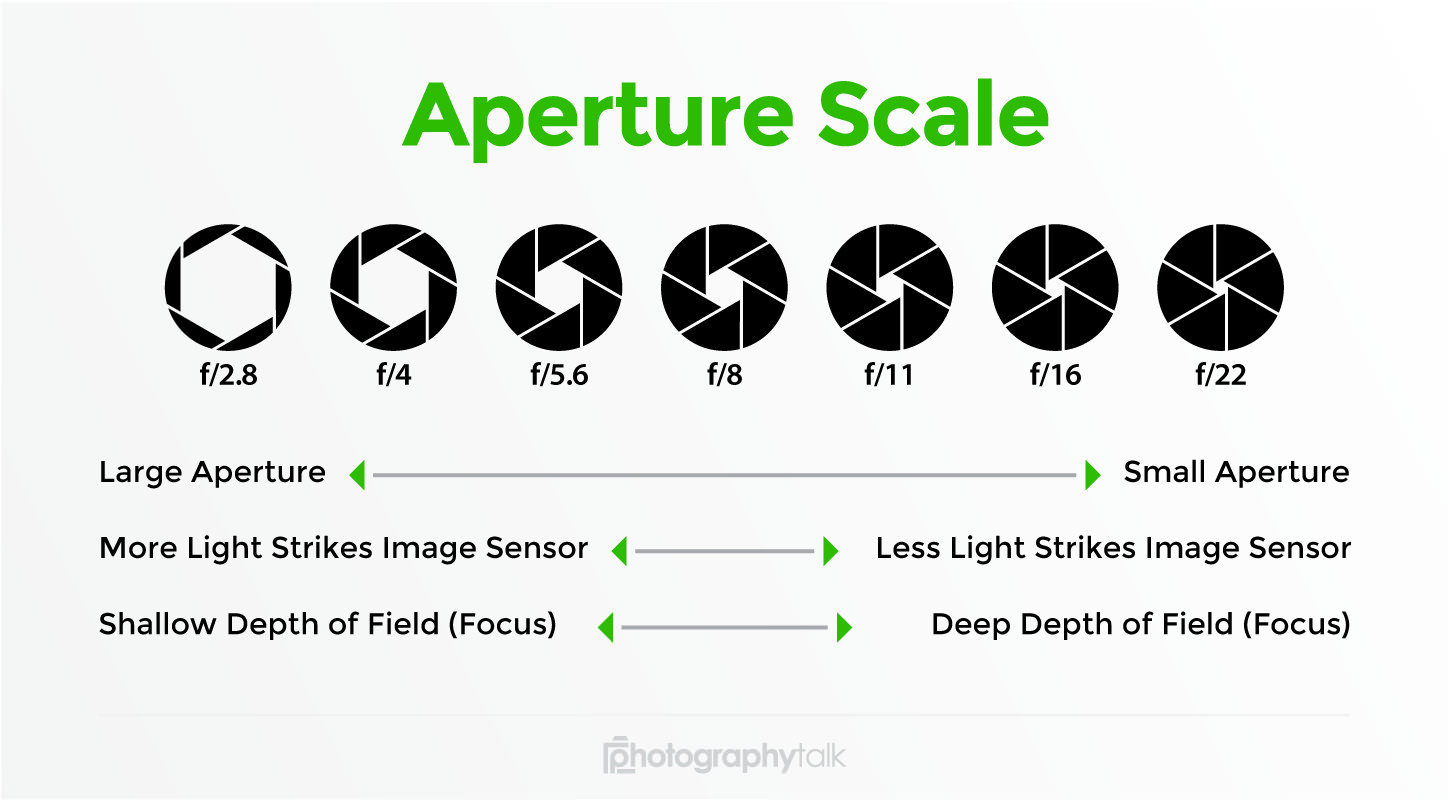

A lens with a smaller f-number/bigger aperture allows more light to pass through the lens to the sensor which. The key to understanding this aperture is to understand the concepts of. Lens speed is not how fast the shutter can close. This is a precision aperture useful for daylight shooting and for precision both up close or out far. It is very different than the ghost ring.

22LR at maybe 50 yards and the proper shooting position you'll find the small aperture quite accurate and easy to see thru. 070 diameter hole is a wonder of old school rifle technology. The stock is too long to start with and the M&P15-22 lower even longer than the M4 pushing the buttstock out even farther from the rear sight. Use your muzzle or front sight post as your reticle. This gives you more room to be creative because it determines the area that appears sharp in your photos. At close quarters, Im not using any rear aperture at all. The aperture allows you to control the depth of field in your images. That being said, I almost never use the 0-2 sight, unless Im under low light conditions. That same 50mm lens set to f/22, for example, only has an entrance pupil. However, as you read through this article, youll find. It also should now make clear why a high f-number corresponds with small aperture, and a low f-number corresponds with a wide aperture. On the contrary, the smaller the aperture (large f-number: f/11 to f/22), the deeper the depth of field. You'll probably need the stock in at least two notches to shoot nose-to-charging-handle comfortably. The 0-2 sight is for a low light and/or engagement ranges under 200m. This explains why an f/1 aperture isn’t twice as wide as f/2, or four times as wide as f/4, eight times as wide as f/8 and so on. With your eye this close to the rear sight the smaller aperture is plenty big and is more accurate because it's smaller. This is about the only way to get consistent eye placement behind the rear sight. Good shooting stock weld on these rifles places the tip of your nose against the back of the charging handle. the M4 carbine will shoot 1" low, but it's firing 5.56mm. Then flip the sight forward so 0-2 shows and see where she prints. By turning the aperture ring or making the adjustment on the camera (see your manual), you make the opening bigger or smaller, letting in more or less light. Zero the rifle at 25 yards with the small aperture. At 25 yards that's 1/4" per click or 1" difference switching the apertures. On the M4 Carbine the center of the 0-2 aperture is about 4 MOA lower than the unmarked aperture, about 4 clicks on the elevation.

Obviously these sights are calibrated for 5.56mm projectiles running roughly 3000 feet per second and not. On the M16/M4 family the large aperture is labeled 0-2 and is used for targets out to 200 meters (if the rifle was zeroed at 300) and the small, unmarked, long range aperture is used at 300 and beyond using the range wheel on the rear sight.


 0 kommentar(er)
0 kommentar(er)
